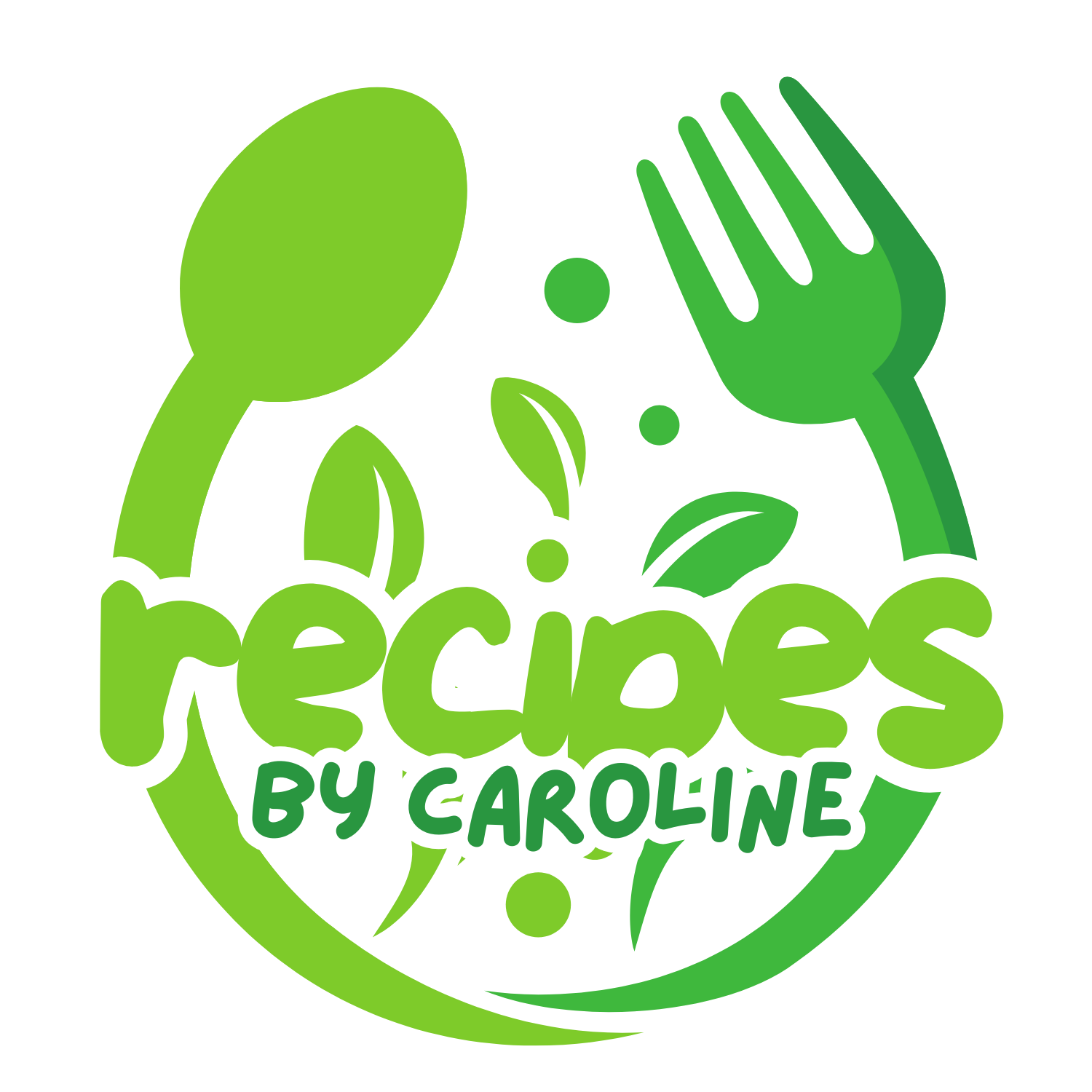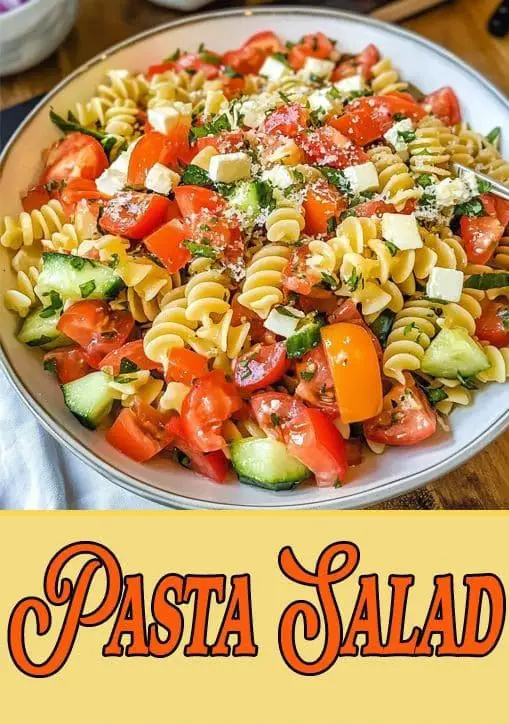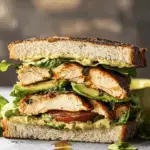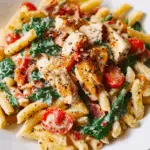This classic pasta salad is a go-to side dish for summer gatherings, picnics, barbecues, or an easy weekday lunch. With its vibrant mix of fresh vegetables, tender pasta, and a zesty homemade dressing, it’s both satisfying and refreshing. Whether served chilled or at room temperature, it delivers a delightful combination of flavors and textures in every bite.
Ingredients:
For the Salad:
-
12 oz rotini pasta
-
1 cup cherry tomatoes, halved
-
1 cup cucumber, diced
-
1/2 cup red bell pepper, diced
-
1/4 cup red onion, finely chopped
-
1/2 cup black olives, sliced
-
1/2 cup mozzarella balls or cubed mozzarella
-
1/4 cup fresh parsley, chopped
For the Dressing:
-
1/4 cup olive oil
-
2 tablespoons red wine vinegar
-
1 teaspoon Dijon mustard
-
1 garlic clove, minced
-
1 teaspoon sugar
-
Salt and pepper to taste
Directions:
-
Cook rotini pasta according to package directions until al dente. Drain and rinse under cold water to cool.
-
In a large bowl, mix the cooked pasta with cherry tomatoes, cucumber, red bell pepper, red onion, black olives, mozzarella, and parsley.
-
In a separate small bowl, whisk together the olive oil, red wine vinegar, Dijon mustard, minced garlic, sugar, salt, and pepper until well blended.
-
Pour the dressing over the pasta mixture. Gently toss until all ingredients are evenly coated.
-
Refrigerate for at least 1 hour to let the flavors meld. Serve chilled or at room temperature.
Nutrients (per serving, approx.):
-
Calories: 280
-
Protein: 9g
-
Carbohydrates: 30g
-
Fat: 14g
-
Fiber: 3g
-
Sugar: 4g






